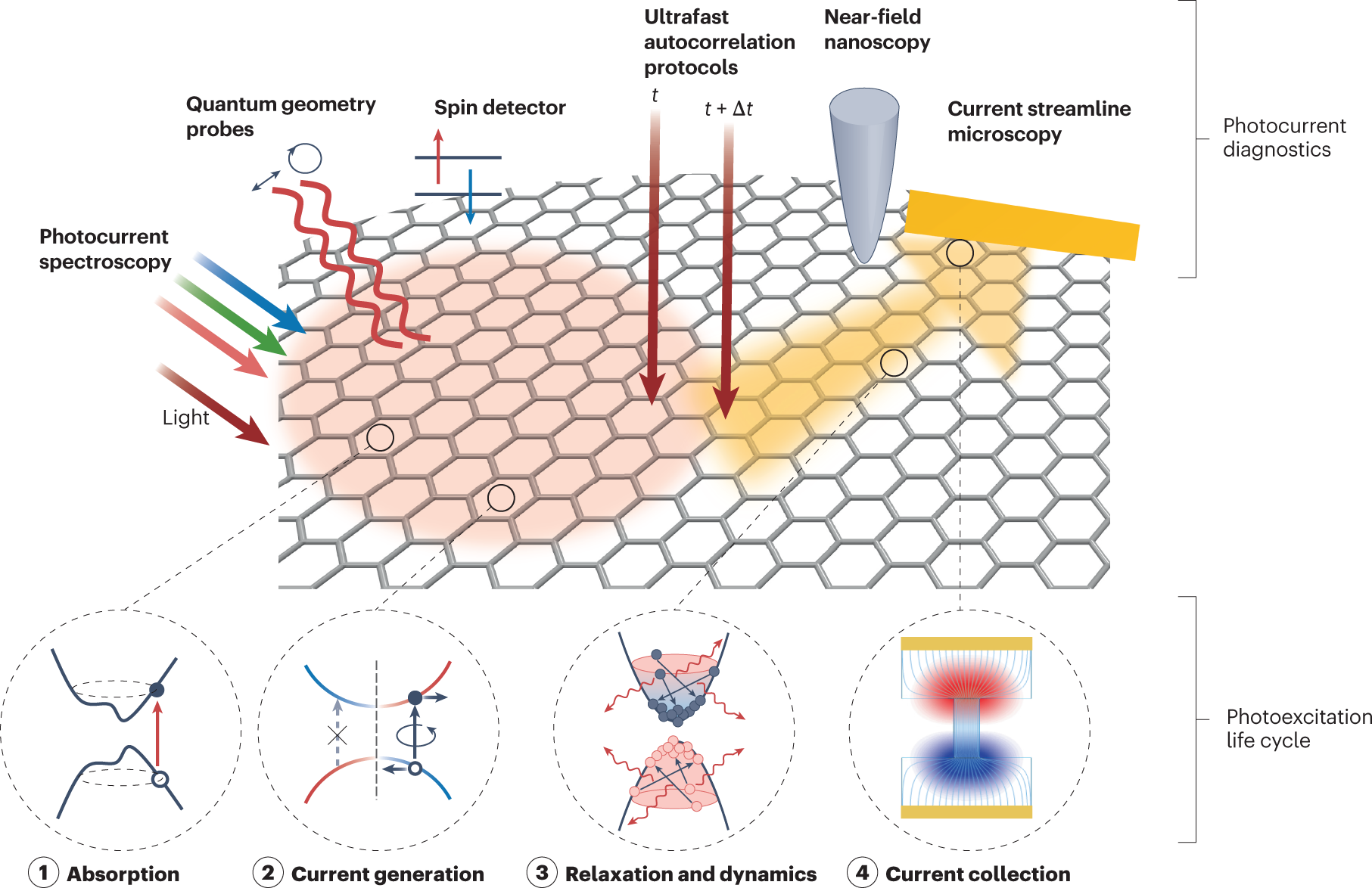
Source: Wikipedia
Understanding Photocurrent in Photodetectors
Photocurrent is a fundamental concept in the realm of photodetectors, which are devices that convert light into an electrical signal. This conversion process is crucial for various applications, including cameras, light sensors, and optical communication systems. In this article, we will explore the mechanisms behind photocurrent generation, its applications, and the factors affecting its efficiency.
Mechanisms of Photocurrent Generation
Photocurrent is generated when light is absorbed by a photodetector, resulting in the creation of an electrical current. Different types of photodetectors utilize distinct physical mechanisms to achieve this:
External Photoelectric Effect
In vacuum tube photodetectors, such as phototubes and photomultipliers, the external photoelectric effect is employed. This effect involves the emission of electrons from a material when it is exposed to light, leading to the generation of photocurrent.
Internal Photoelectric Effect
Semiconductor-based detectors, such as photodiodes, phototransistors, and metal–semiconductor–metal photodetectors, rely on the internal photoelectric effect. This process typically occurs at a p–n or p–i–n junction, where absorbed photons generate electron-hole pairs that contribute to the photocurrent.
Quantum Efficiency and Responsivity
Quantum efficiency is a measure of how effectively a photodetector converts absorbed photons into charge carriers that contribute to the photocurrent. It is important to note that not all absorbed photons result in useful carriers, and some may be lost. The total quantum efficiency considers both internal and external losses.
The responsivity of a photodetector is the proportionality factor between the photocurrent and the optical power incident on the detector. This parameter is crucial for determining the sensitivity of the device.
Impact of Bias Voltage
The bias voltage applied to a photodetector can influence its performance, but often it has a minimal effect on responsivity. For example, in photodiodes, the quantum efficiency remains relatively stable even in photovoltaic mode, where no bias voltage is applied. However, applying a forward voltage can significantly reduce the photocurrent.
Photocurrent Multiplication
Some photodetectors, like avalanche photodiodes and photomultiplier tubes, employ multiplication mechanisms to enhance photocurrent. These devices can achieve high responsivities by amplifying the generated current, although the multiplication factor is sensitive to the operating voltage.
Noise and Heating Effects
Ideally, a photocurrent should exhibit noise corresponding to the intensity noise of the incident light. However, reduced quantum efficiency can introduce additional noise due to random carrier loss. Furthermore, the photocurrent can cause significant heating in the photodetector, especially at high bias voltages, potentially leading to device damage.
Applications of Photocurrent
Photocurrent is crucial in various applications, including imaging, where it is converted into a voltage signal for processing. Position-sensitive detectors can also utilize photocurrent to determine the spatial distribution of incident light, providing valuable information for tracking and alignment tasks.
Conclusion
Understanding photocurrent and its underlying mechanisms is essential for optimizing the performance of photodetectors. By considering factors such as quantum efficiency, responsivity, and the effects of bias voltage, engineers and scientists can design more efficient and reliable optical devices for a wide range of applications.
This blog post provides a comprehensive overview of photocurrent in photodetectors, emphasizing the key concepts and mechanisms involved. The content is structured with clear headings and subheadings, making it easy to navigate and understand.

Source: Nature
Feel free to comment your thoughts.



